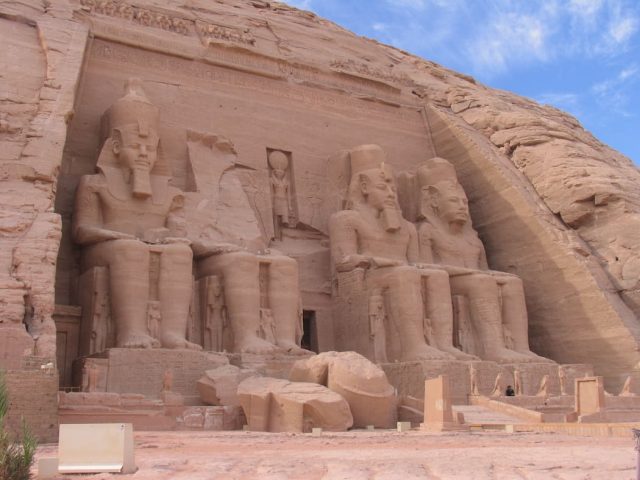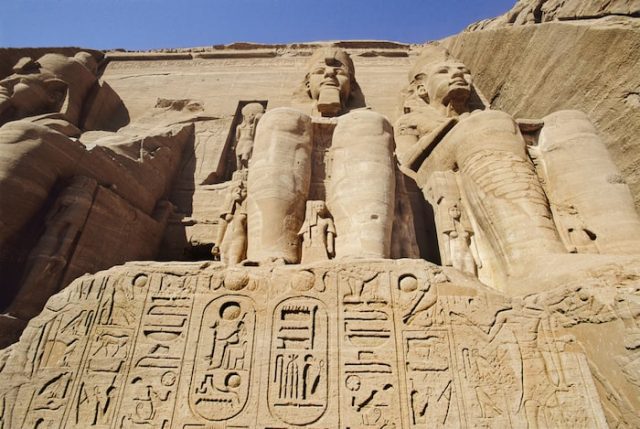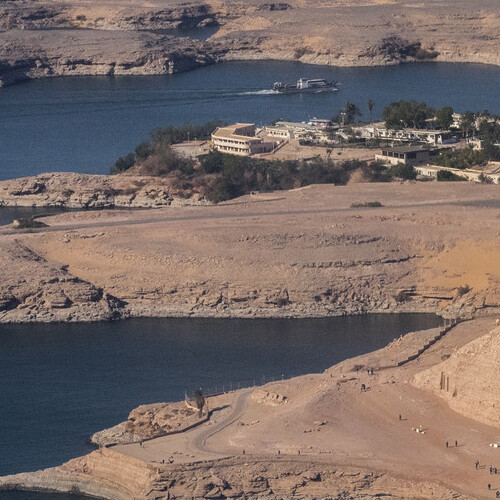History Uncovered
History Uncovered: A Celebratory Voyage Through Abu Simbel's Timeless Wonders
Abu Simbel History Uncovered: a portal to the past, this monumental site echoes the grandeur of ancient Egypt. Situated on the western bank of Lake Nasser, the twin temples of Abu Simbel stand as enduring testaments to the legacy of Pharaoh Ramesses II and the divine Queen Nefertari. Unveil the mysteries of their construction, the awe-inspiring relocation efforts, and the intricate carvings that narrate tales of gods and pharaohs. Journey with us as we delve into the heart of this archaeological marvel, revealing stories etched in stone over three millennia age.
The Dawn of the Temples
Initiated in 1244 BC, the construction of the Abu Simbel temple complex was an ambitious project that spanned two decades. These temples, carved into the heart of the mountain, emerged as a symbol of Pharaonic power and architectural prowess. Built during the reign of Ramses II, they served a dual purpose: demonstrating the might of a powerful king to the Nubians and honoring Ramses II’s divine stature as the beloved of Amun, the king of gods. This construction was part of a series of six grand rock-cut temples in Nubia, each a testament to Ramses II’s rule and Egypt’s architectural zenith during the New Kingdom.

Rediscovery Under the Sands
Over centuries, the shifting sands of Nubia buried these architectural wonders, obscuring them from the world. It wasn’t until 1813 that a Swiss orientalist pinpointed the temple’s location, leading to their excavation. In 1817, Italian explorer Giovanni Battista Belzoni played a pivotal role in unearthing and accessing the temples. Entwined with these historical facts are local legends, often recounted by Egyptian tour guides, suggesting that the complex was named after a young boy, Abu Simbel, who guided archaeologists to the site. Alternatively, some records indicate that the temples took their name from the nearby village of Abu Simbel.

The Monumental Relocation
The construction of the High Dam in Aswan in the mid-20th century posed an existential threat to the Abu Simbel temples. Submerged under the waters of Lake Nasser, these ancient marvels faced oblivion. This dire circumstance prompted UNESCO, in 1960, to issue a global appeal to save the Nubian monuments, including Abu Simbel. An international collaboration ensued, involving over 50 nations, including the United States, the Netherlands, Great Britain, Spain, and many others, alongside the Egyptian government and UNESCO.
This rescue mission entailed slicing the larger temple of Ramses II into approximately 830 blocks and the smaller temple of Queen Nefertari into 235 blocks, each weighing around 20 tons. This intricate process was part of one of the 20th century’s most astounding architectural feats. In 1965, these pieces were meticulously moved to a new location, elevated over 150 meters above sea level to safeguard them against future Nile floods.
Behind these relocated temples, engineers constructed an artificial mountain, forming a dome between 60 to 65 meters in diameter and 38 meters high, to replicate the original rock-cut ambiance. This reconstruction, completed in 1968, spanned four years and cost around 36 million US dollars, underscoring the global commitment to preserving this irreplaceable piece of ancient Egyptian heritage.
Today, the Abu Simbel temples stand not just as monuments of ancient grandeur but also as symbols of international cooperation and the enduring power of human ingenuity.
Created On March 18, 2020
Updated On January 24, 2024



